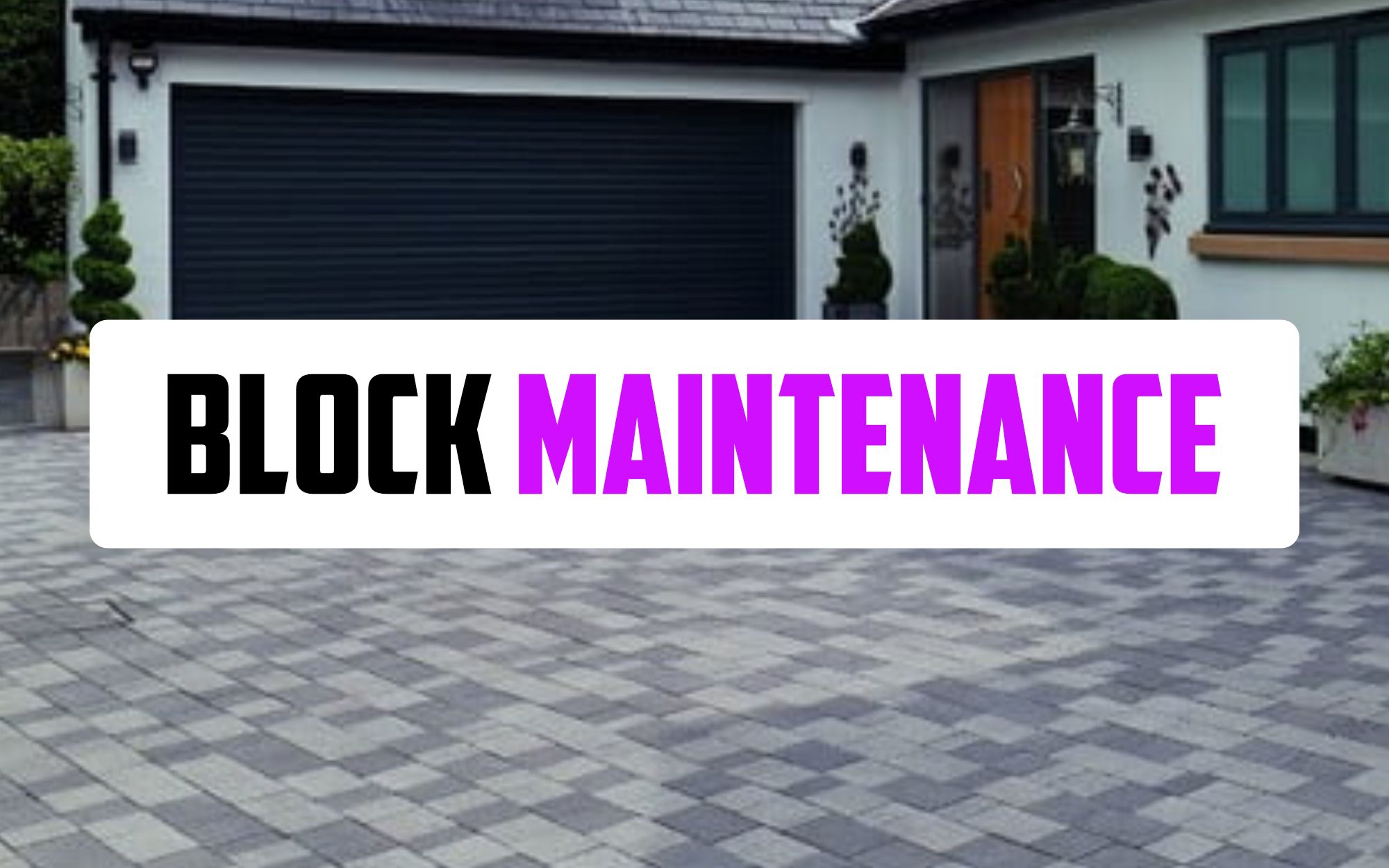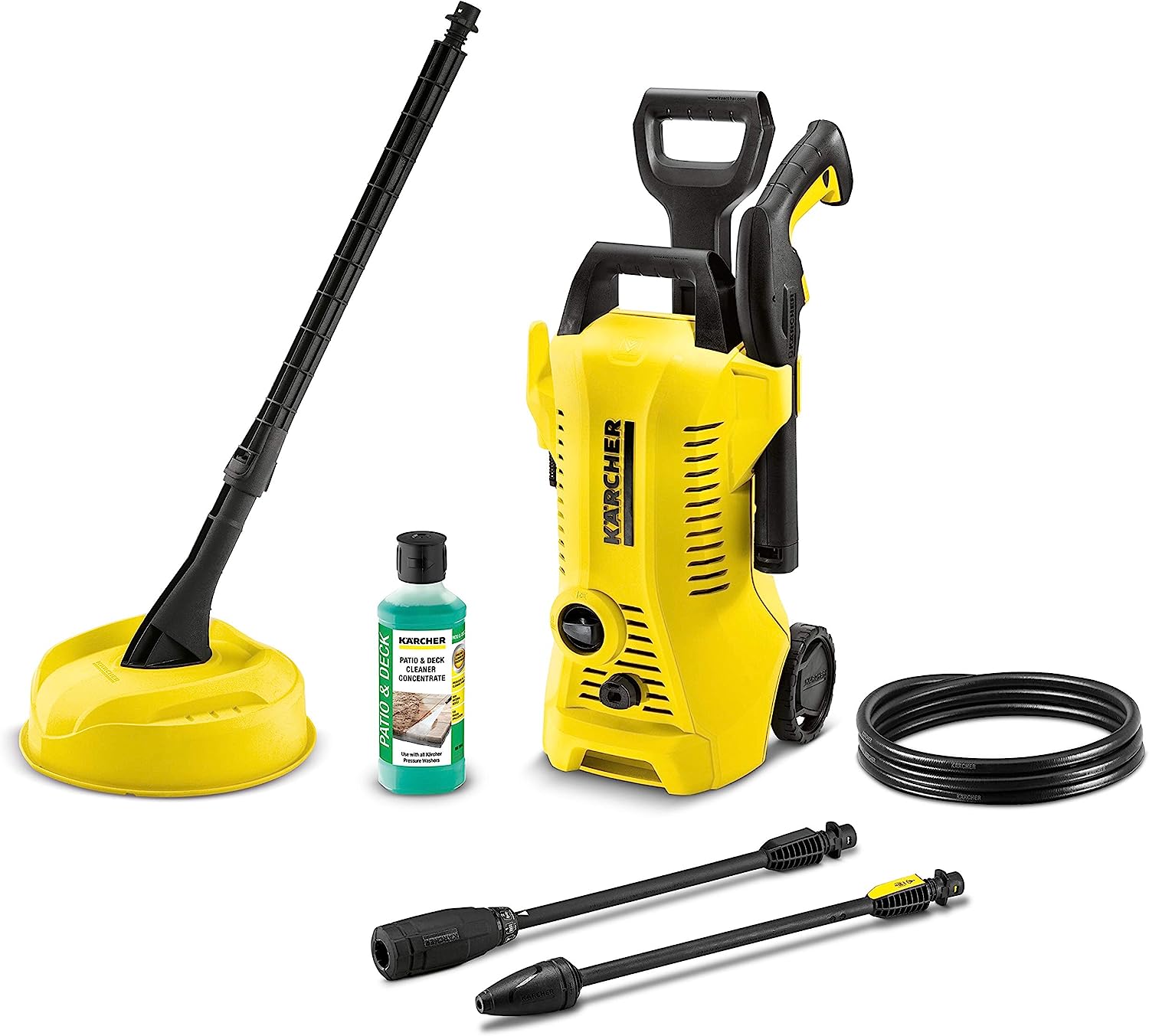How to Clean and Maintain Your Block Paving
To properly care for your block paving, you do need to ensure that your blocks are cleaned and maintained. Using Pressure washing, brushes and algae treatments can make your ongoing maintenance much easier.

Block paving is a popular choice for driveways, patios, and other outdoor spaces, thanks to its durability, attractive appearance, and ease of installation. However, to keep your block paving looking its best, it's essential to carry out regular cleaning and maintenance.
In this article, I'll guide you through the essential tips and tricks for cleaning and maintaining your block paving to help it last for years to come.
Why Block Paving Maintenance is Important
Regular maintenance is crucial for preserving the appearance and functionality of your block paving. Over time, dirt, moss, algae, and weeds can accumulate on the surface, causing it to look unsightly and potentially leading to drainage issues. By cleaning and maintaining your block paving, you can extend its lifespan and prevent costly repairs.
The Essential Block Paving Cleaning Tools
When it comes to cleaning your block paving, a few essential tools can make the process more straightforward and efficient. Here's what you'll need:
- Stiff-bristled broom
- Pressure washer
- Moss and algae remover
- Weed killer
- Soft-bristled brush
- Protective gloves
How to Clean Your Block Paving: A Step-by-Step Guide
Follow these steps to keep your block paving looking its best:
Step 1: Remove Loose Debris
Before you begin cleaning, use a stiff-bristled broom to remove any loose debris, such as leaves, dirt, and stones. This will make the subsequent cleaning process more effective.
Step 2: Tackle Weeds and Moss
Next, apply a weed killer and moss remover to any affected areas. Here's a guide on how to remove and prevent moss from growing on your block paving and one on preventing and removing weeds.
Step 3: Pressure Washing

Pressure Washers
A pressure washer is an excellent tool for cleaning block paving, as it removes dirt and grime quickly and efficiently.
Be sure to angle the pressure washer's nozzle away from the joints to avoid dislodging the sand. Check out our guide on how to use a pressure washer for more information.
Step 4: Re-Sweep and Reapply Jointing Sand
Once your block paving is dry, sweep the surface again to remove any remaining debris. Then, reapply jointing sand to any areas where it has been dislodged. This will help maintain the structural integrity of your paving.
Step 5: Seal Your Block Paving

To provide additional protection against stains, consider applying a sealer to your block paving. This can also help enhance the colour and appearance of the blocks.
Maintaining Proper Drainage
Proper drainage is essential for the long-term performance of your block paving. Standing water can cause damage and promote moss and algae growth. Ensure that your block paving drainage system is functioning correctly and clear any debris that may be obstructing water flow. If you're unsure about your drainage system, consult our guide on block paving drainage solutions for further information.
